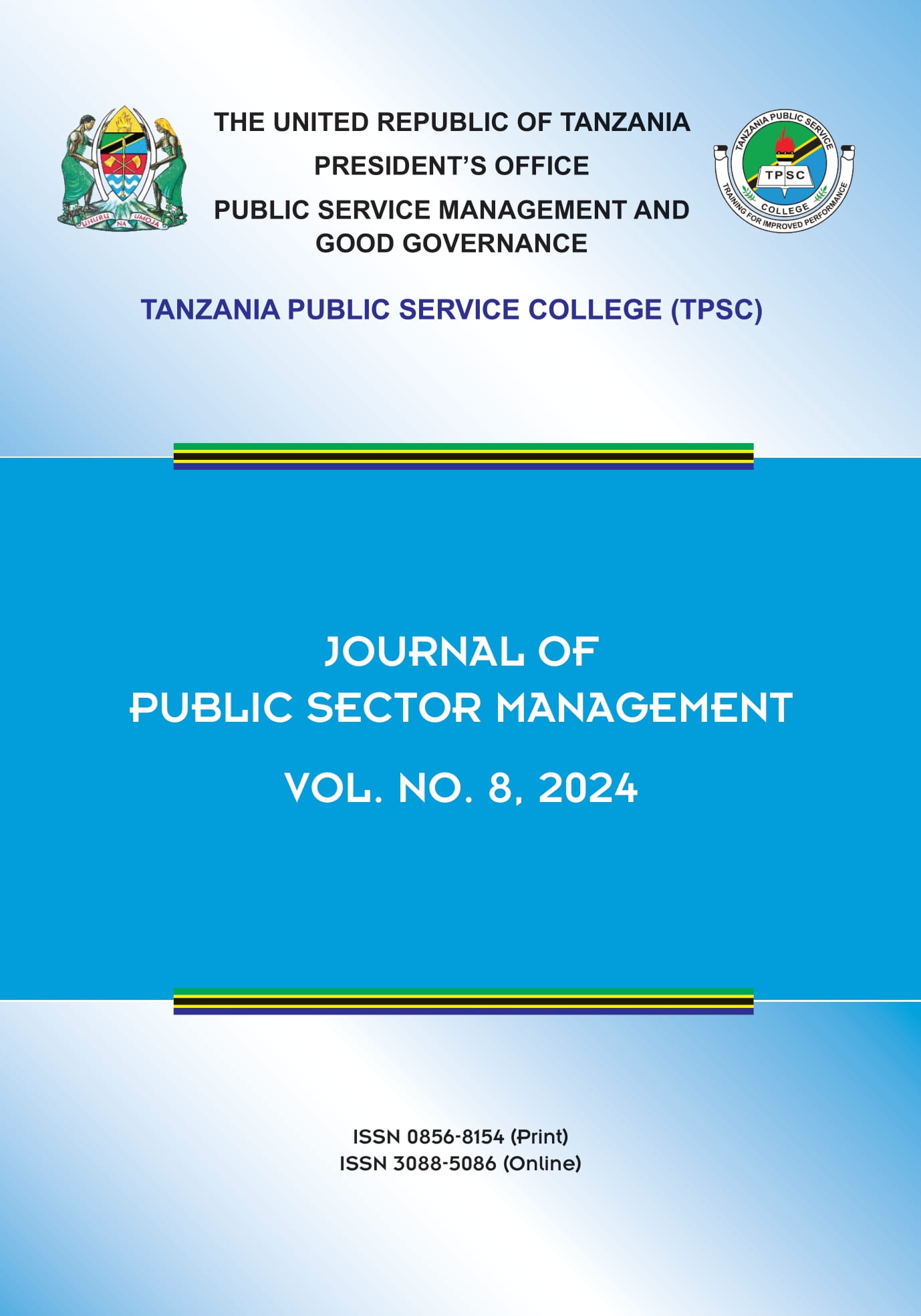Predicting Undergraduate Students’ Demographics and Entry Status from Academic Performance Metrics: A Data Mining Approach
##plugins.themes.academic_pro.article.main##
Abstract
This study aims to investigate if students’ demographics (gender and age) and student’s entry status (diploma or form six) have an impact on students’ academic performance in undergraduate studies. The study used the reverse approach of data mining techniques by predicting gender, age, and entry status from students’ academic performance metrics using three machine learning algorithms (Decision Trees, Random Forests, and Naïve Bayes) whereby accuracy, precision, recall, and F1 score was used to evaluate the models. Furthermore, the study used datasets containing 348 academic records of first-year bachelor’s degree students studying Records, Archives, and Information Management at Tanzania Public Service College, Dar es Salaam campus. On one hand, the results showed that there is no relationship between students’ demographics (age and gender) and academic performance in undergraduate studies. On the other hand, the study revealed that there is a relationship between the entry status of students and their academic performance. Following these findings, the study recommends that educators, assessors, and moderators take action by aligning the curricula and teaching methods which reduce or eliminate the imbalance by favoring both diploma and form six students to have homogeneous performances.

